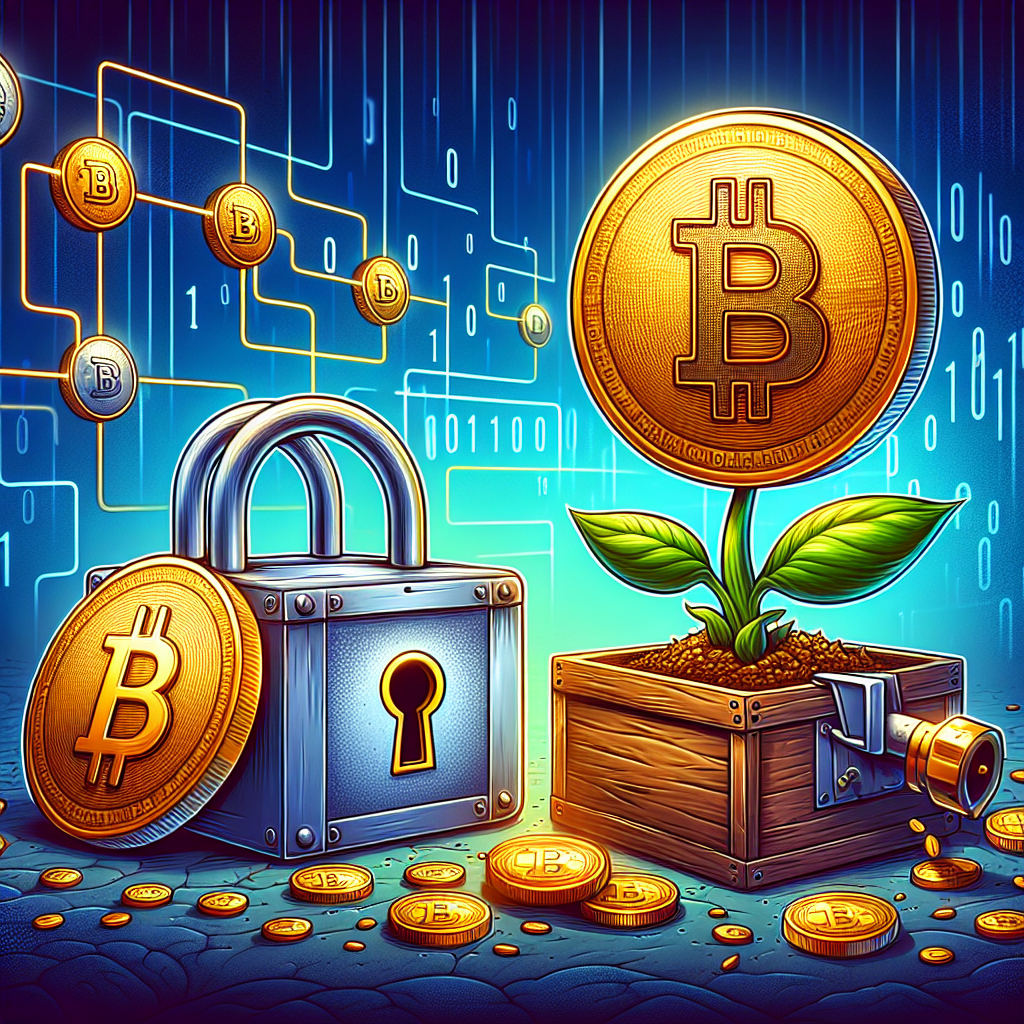An analytical view into the world of stablecoins, their features, and the clash between centralized and decentralized ones. Learn about the issue of trust, the role of regulation and the future of these digital assets.
Contents
3 min read
The world of cryptocurrency is witnessing the rise of stablecoins, a digital asset type designed to maintain a stable value relative to a specific asset or a pool of assets. Stablecoins are now leading the center stage in the crypto sphere due to their potential to counter the notorious volatility associated with cryptocurrencies while offering the same blockchain-based benefits.
The Concept of Stablecoins
Stablecoins are digital currencies that are pegged to an external asset’s value, such as fiat currencies like the US Dollar, Euro, or commodities like gold. The concept is to blend the stability of traditional currencies with the efficiency, security, and speed of blockchain technology. They can be used for a variety of purposes ranging from trading and remittances to decentralized finance (DeFi) applications.
Centralized vs. Decentralized Stablecoins
Related: Linux Foundation and Hedera Pave the Way for Decentralized Trust with New LFDT Initiative
Stablecoins can be broadly categorized into two types based on their operational mechanism – centralized stablecoins and decentralized stablecoins.
Centralized stablecoins, such as Tether (USDT) and USD Coin (USDC), are issued and overseen by a central entity. They are typically backed by reserves of the asset to which they are pegged and are subject to audits to verify the reserves.
In contrast, decentralized stablecoins operate without a central authority. Examples include Dai, which is backed by cryptocurrency collateral managed through smart contracts on the Ethereum blockchain. The absence of a central authority in these systems allows for greater transparency and reduces the risk of censorship.
The Issue of Trust
Related: Binance Prepares for MiCA Stablecoin Regulations: What It Means for You
Trust is a crucial factor in the success of any stablecoin. For centralized stablecoins, users must trust the issuing entity that it holds the necessary reserves. However, this model has faced criticism due to the lack of transparency and occasional discrepancies in audits.
On the other hand, decentralized stablecoins provide on-chain transparency, ensuring that all transactions are publicly verifiable. Yet, they also carry their own set of risks, including the complexity of smart contracts and the susceptibility to market volatility.
The Role of Regulation
Regulatory oversight is another critical aspect of the stablecoin landscape. Centralized stablecoins, due to their organizational structure, often face more stringent regulatory scrutiny. Nevertheless, this can lead to a higher sense of trust among users and investors.
Related: Uphold to Delist USDT and Five Other Stablecoins by July 1, in Compliance with MiCA Regulations
Decentralized stablecoins, while enjoying more freedom, are not entirely immune to regulatory actions. The regulatory landscape for these digital assets is still in its formative stages and is expected to mature in the coming years.
The Future of Stablecoins
The future of stablecoins looks promising, with growing adoption across various sectors. They are playing a crucial role in expanding the global financial ecosystem by providing a reliable and efficient medium of exchange. However, the path to wider acceptance involves overcoming the challenges associated with trust and regulation.
As the crypto industry continues to evolve, the competition between centralized and decentralized stablecoins is expected to intensify. The key to their success will likely hinge on transparency, regulatory compliance, and the ability to maintain stability amidst market fluctuations.










